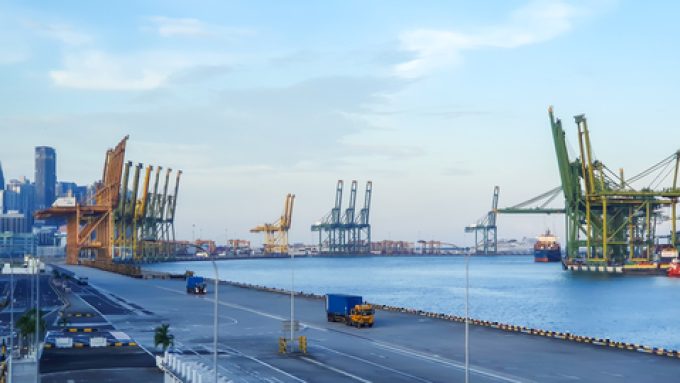'More pronounced' demand slump drives container spot freight rate declines
Container spot freight rates on most of the main shipping trades saw another week of ...

Authorities battling congestion in Singapore port have reopened shuttered terminals to alleviate the mounting pressure on the world’s largest transhipment hub.
The Maritime & Port Authority of Singapore (MPA) yesterday announced that port operator PSA had “reactivated older berths and yards that have previously been decanted at Keppel Terminal”, which has upped the port’s weekly handling capacity from 770,000 teu to 820,000.
It said although box volumes in the port over the first four months of 2024 had grown 8.8% year on ...
Transpacific sees first major MSC blanks as rates fall and volumes falter
'It’s healthy competition' Maersk tells forwarders bidding for same business
Opposition builds for final hearing on US plan to tax Chinese box ship calls
White House confirms automotive tariffs – 'a disaster for the industry'
New price hikes may slow ocean spot rate slide – but for how long?
Supply chain delays expected after earthquake hits Myanmar
Good start for Gemini, liner schedule reliability data reveals

Comment on this article